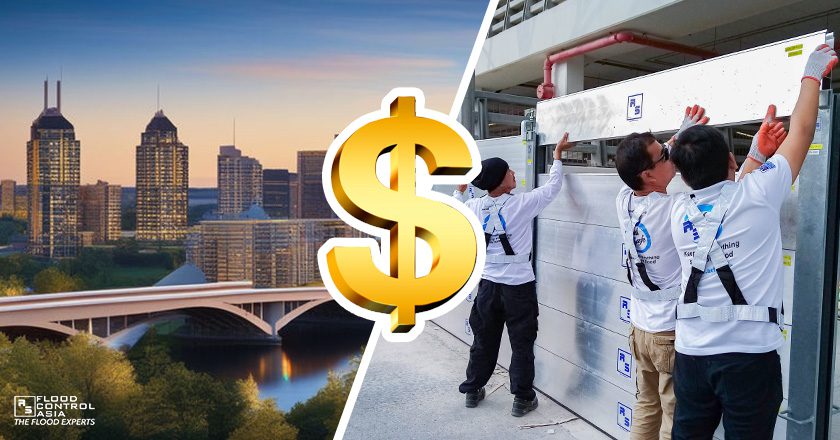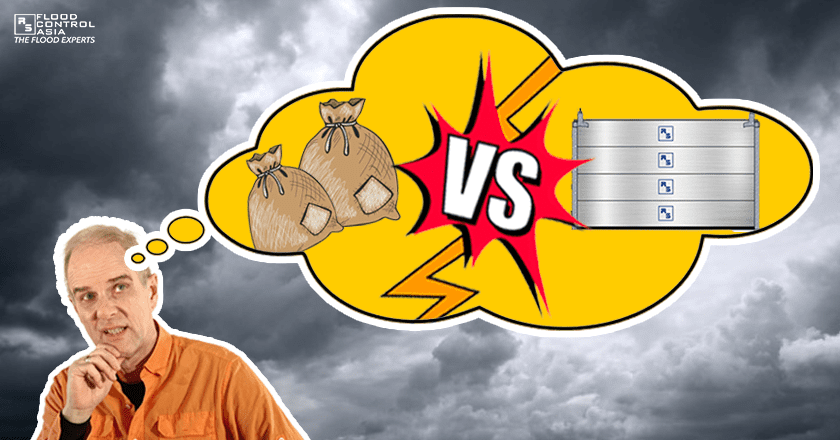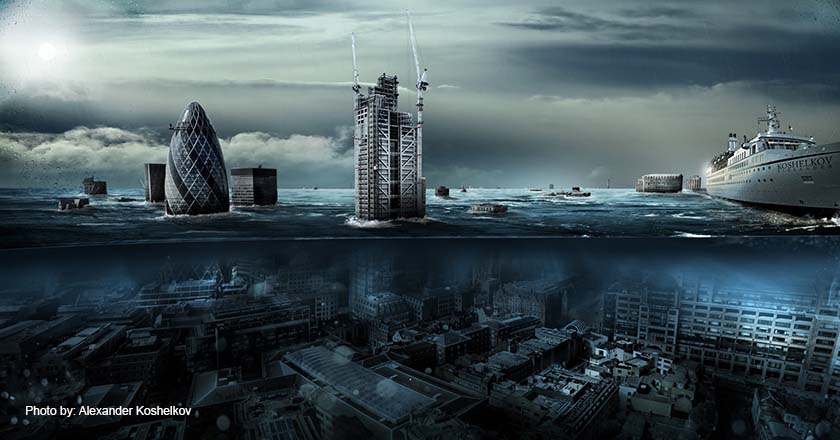Is Boracay sinking?
January 2, 2018 | Created by: Andreas Klippe | Comments

Boracay and other Philippine islands the might be sinking!
Typhoon Urduja dumped more than two weeks’ worth of rain in the Boracay island in the weekend of December 18, 2017. Almost all 1,032 hectares of the island was flooded. Could this be a sign that the island is slowly sinking?
All indications seem to point to that direction. In reality, it’s just a heavy downpour since poor urban planning has not considered climate change and its intensified rains. Engineers planned the installation of a modern drainage system, but it is not yet finished. When the heavy downpour came, it resulted to a waist-high flood.
The Tourism Infrastructure and Enterprise Zone Authority (TIEZA), an agency under the Department of Tourism, is responsible for putting up a proper drainage system on the island. So far, it has only finished the first phase of construction. The second phase is expected to begin in 2018, and the third phase will cover the northern part of the island.
It could happen to any island in the Philippines.
Floodwaters hit Boracay’s main roads which most people use to reach their homes and workplaces. Some started to blame the island’s overdevelopment as the cause of flooding.
They have a point. The marshlands and ponds that were once sponging ground for heavy rainfall are now turned into new resorts.
If tourism is will flourish in an area, it must have a balance with nature. Most especially with the waterways that drain the rainwater away from the villages. Development is not bad as long as it doesn’t destroy the pristine environment.
However, the point is this scenario can happen to any island in the archipelago. The scenario that happened in Boracay can be repeated in other parts of the Philippines.
Why? Is overdevelopment the sole culprit?
The typhoon that hit Boracay was a mediocre one. Scientists predicted that, with climate change, bigger storms are formed more frequently. The Philippines stands in the way of these storms as the country is situated near the Pacific Ocean.
Thus, urban developers must plan ahead for the worst. Putting up flood barriers is a wise decision, since it’s such a long haul before we can totally change the course of climate change. For now, it’s better to have a temporary but effective measure.
With global warming, it is predicted that sea levels will rise to about seven feet in the next 50 years. Needless to say, Philippines’ islands are quite vulnerable to the effects of global warming.
Typhoon Yolanda and Ondoy aren’t the last ones to cause major devastation!
Many thought that 2013’s Typhoon Yolanda will be the last super typhoon to hit in the Philippines. After all, people made the same assumption in 2009 when Typhoon Ondoy caused massive flooding in Manila and overflowed the Marikina river. People assumed it will never happen again.
They were wrong.
Typhoon Urduja has proven that more powerful storms can come in the future. Each of them can be more powerful than the ones in previous years.
These abnormally powerful storms prove that the Philippines is not yet prepared to cope with calamities brought by climate change. The government needs a major revision to its disaster relief plans.
After Typhoon Urduja, Typhoon Vinta brought a heavy downpour in the Caraga-Davao region. It put the government’s relief operations to their limits with two storms in one week.
Is overdevelopment the real culprit?
Overdevelopment can spell disaster, especially when there is no proper planning. Crowded buildings can block spillways connected to drainage systems. When this happens, rainwater will surely flood communities.
The same applies to major urban centers in the country. With no urban zone planning, developers just build structures anywhere they want. With no regards to zoning laws, former drainage waterways are blocked to give way to high-rise buildings. These drastic yet unplanned developments result in severe flooding.
Climate change have altered the usual weather patterns around the world and Boracay is no exception. It can happen anywhere, not just in Boracay. There is no denying that heavy rainfalls has become the norm nowadays.
If flood can hit even the picturesque island of Boracay, what more when heavy rain falls on a tightly congested city like Metro Manila? There must be a better way to protect urban centers from flooding.
Do you think overdevelopment is responsible for the flooding? Post your comments here.






